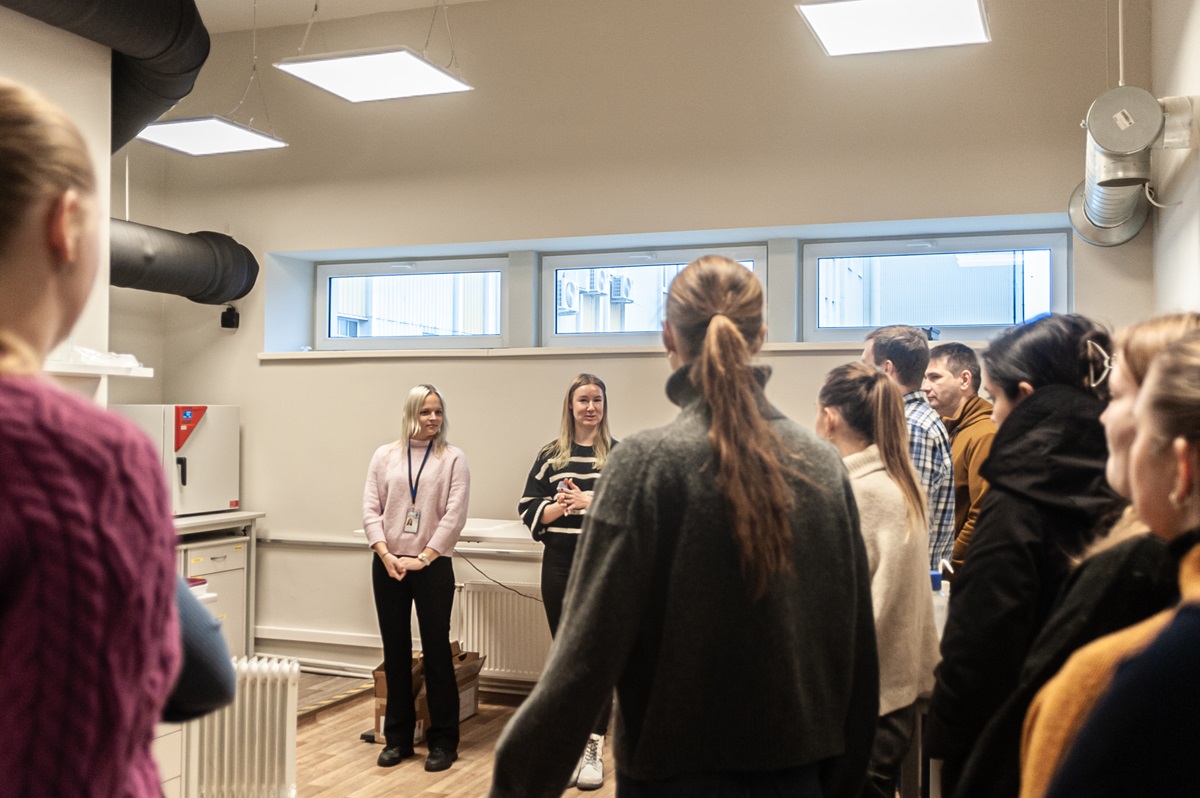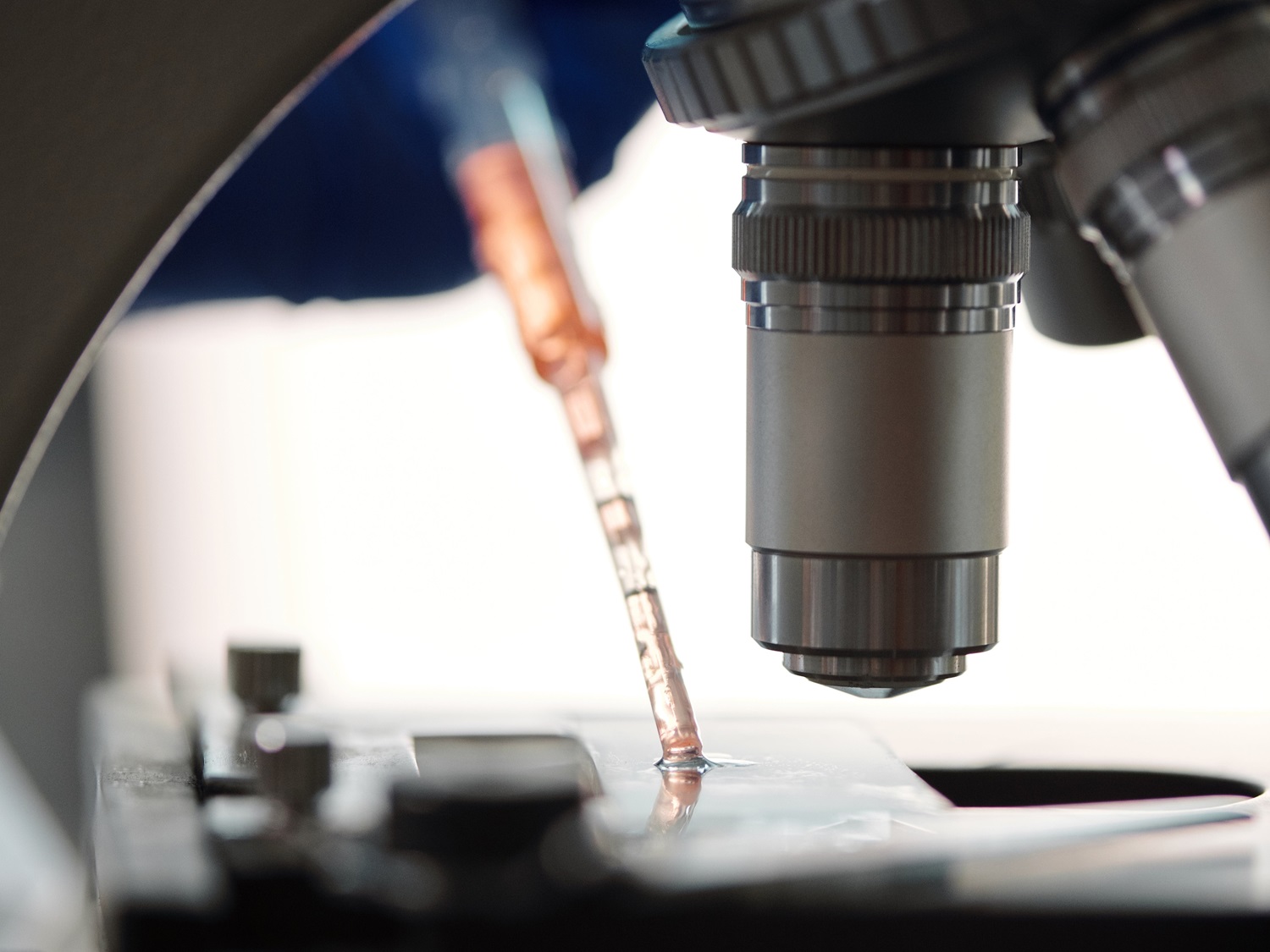On October 27, a group of students from the Faculty of Geography and Earth Science, University of Latvia, visited the ISSP UL to learn about the institute and the exciting scientific projects implemented here.
First, the head of the Development Department, Jānis Latvels, acquainted the guests with the history of the institute and its scientific scope. The students also found out about the major research directions and work in advancing innovations and their commercialization.
After the overall description of the ISSP UL work, the students visited the Micro and Nanodevices Laboratory, where they learned about organ-on-chips research and their potential in precision medicine applications.
Dr. phys. Mārtiņš Zubkins informed the visitors about the SWEB project (Smart windows for zero energy buildings) implemented by researchers from the Thin Films Laboratory. This project relies on various innovative smart windows (SW) solutions and products to meet the market growth potential and address the global environmental challenges faced by the EU to achieve and sustain the zero-energy buildings market.
The next stop was the Laboratory of Optical Materials, where students learned about the Spectromarine project (Smart buoy for monitoring aquatic organisms and assessing water quality) that offers technology for water quality monitoring offering rapid, online, and in-depth analysis of saltwater with the main market focus on sea farms.
A research assistant from the Laboratory of Materials for Energy Harvesting and Storage provided insight into the research of batteries and the future of energy storage.
The last stop of the visit was at the Laboratory of Spectroscopy. Geography and Earth Science Faculty students met young researchers who informed them about the OPTSEN project (Novel materials for development of all-optical temperature sensor) aiming to develop novel transition metal luminescence-based optical materials and a prototype for temperature sensing applications.



